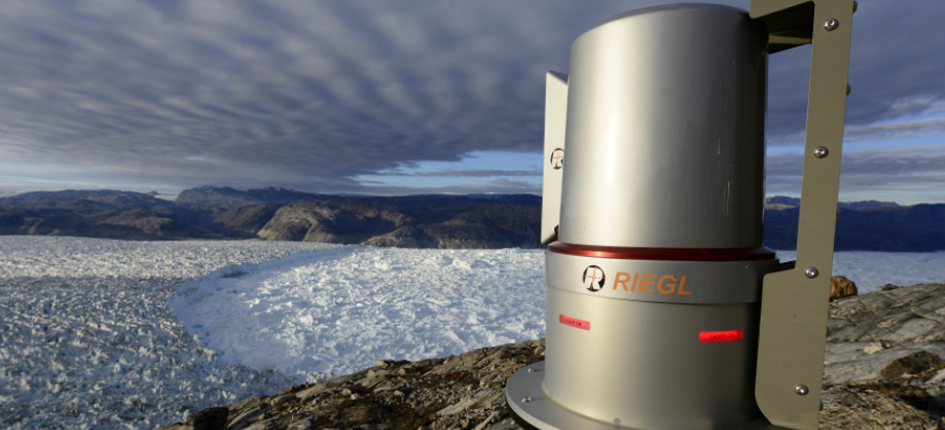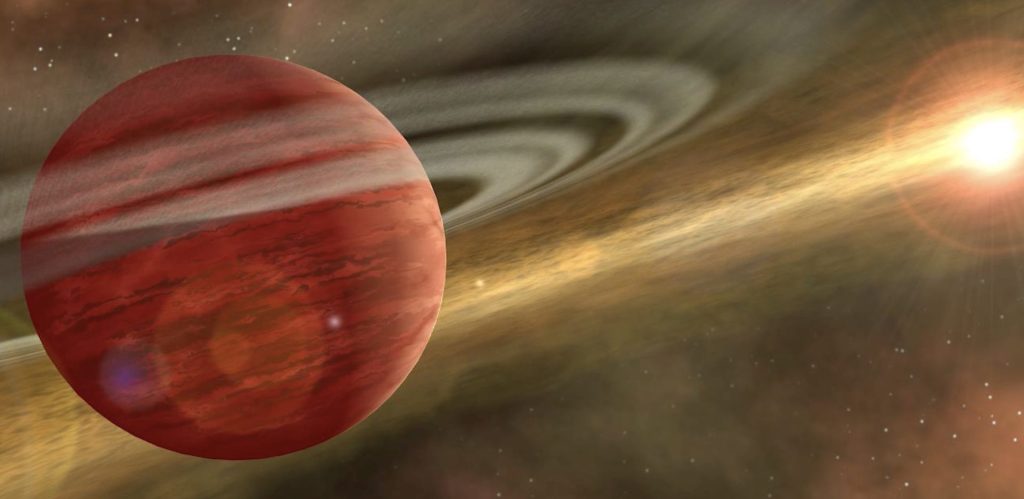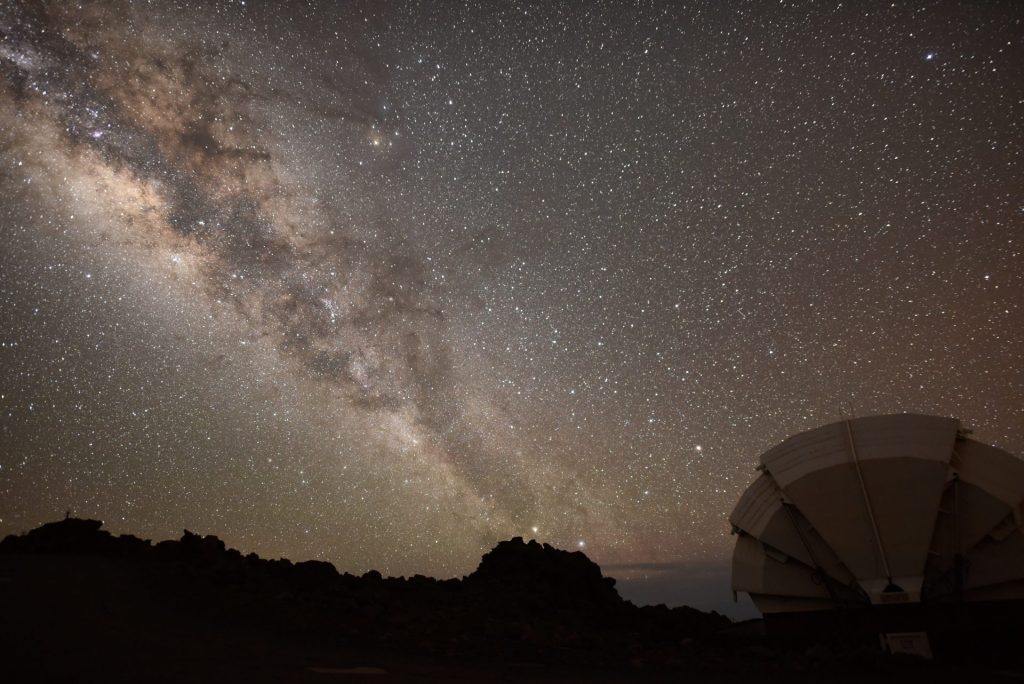In 2014, a team of glaciologists, software engineers, and electrical engineers from across the U.S. came together to address the lack of experimental data on glacier dynamics. The group sketched out a concept for an autonomous glacier monitoring system, to become reality in the summer of 2015 when the Autonomous Terrestrial Laser Scanner (ATLAS) system was deployed and installed at the Helheim Glacier, one of Greenland’s largest glaciers.
The ATLAS system is designed to map glacier activities at high spatial and temporal resolution year-round. No glacier has ever been continuously imaged at such an unprecedented level of detail.
 The Heising-Simons Foundation is proud to partner with the University of Maine and the Cold Regions Research and Engineering Lab, and advance research to understand global climate change and its ramifications for mankind. Our grant supports the design, engineering, and deployment of the ATLAS system. As a program officer for the Foundation’s Science program, I was invited to visit the ATLAS system last month. I was humbled to have the opportunity to partner with, and witness the work of, our colleagues tackling some of the most pressing science questions of our time.
The Heising-Simons Foundation is proud to partner with the University of Maine and the Cold Regions Research and Engineering Lab, and advance research to understand global climate change and its ramifications for mankind. Our grant supports the design, engineering, and deployment of the ATLAS system. As a program officer for the Foundation’s Science program, I was invited to visit the ATLAS system last month. I was humbled to have the opportunity to partner with, and witness the work of, our colleagues tackling some of the most pressing science questions of our time.
What can Greenland tell us about climate change?
As a consequence of climate change, polar regions are one of the fastest warming and most affected regions of the world. Scientists predict that the warming of polar areas will cause significant sea-level rise, changes in the salinity of our oceans, and altered feedback loops that will make the polar regions warm up even faster. Nowhere is this more evident than in Greenland, where the world’s second-largest ice sheet is melting at an accelerated rate, pouring several hundred billion metric tons of fresh water into the Atlantic ocean each year.
Greenland’s ice sheet is part of the Earth’s cryosphere—the portion of water stored in solid form as ice, snow, or permafrost, and a key component of the climate system. Rapid changes in the cryosphere impact sea levels, cloud formation, precipitation, and surface temperatures, as well as atmospheric and oceanic circulations. Because of the potential consequences for humanity – through altered weather patterns, coastlines, ecosystems, and fisheries – it is critical for us to understand the physics and dynamics of the melting ice sheet, create predictive models, and provide scientifically sound guidance for adaptation and mitigation.

Camping at the Helheim Glacier
I was excited to receive a generous invitation by the ATLAS researchers to accompany them on a trip to Greenland in August. The goal of the visit was to download the data collected since the system’s installation one year ago, and further stabilize equipment to withstand winter storms that can reach up to 80 miles per hour.
After many layovers, a helicopter dropped off the team (Dave Finnegan, Pete Gadomski, Gordon Hamilton, Greg Hanlon, Adam LeWinter, and me) in front of the Helheim Glacier’s terminus – the glacier’s retreating edge. We set up base camp complete with tents, sleeping bags suitable for 20 degrees Fahrenheit, and enough food to sustain us should we become stranded in an unexpected storm. The campsite was stationed about 200 meters below the laser’s location to minimize the risk of laser accidents, especially those involving eye injuries. After setting the campsite up, we launched into field work, climbing to the ATLAS site.

The site consisted of a sophisticated setup including a light detection and ranging (LiDAR) laser, five cameras, a complex control and data center, and two custom-designed solar power systems. The LiDAR laser is a novel component of the ATLAS system, enabling it to take precise measurements of glacial flow by pulsing laser beams of light as far as 10 kilometers across the glacier.

For one week, we worked tirelessly with little breaks for peanut butter, crackers, and PowerBars. Our visit was brief, but there was a lot to be done: replace the LiDAR laser, change lithium batteries, upgrade solar power stations, install new solar panels on five cameras, update the control and remote communications station, download data, along with a series of maintenance work. Occasionally, the boisterous sound of the glacier calving and crashing served as a harsh reminder of why we were there. As the week ended, a great sense of satisfaction of having accomplished a seemingly infinite number of tasks far outweighed any fatigue. With the ATLAS system running autonomously, the data collected throughout the year will help disentangle the complex physics governing glacier loss and sea level rise.

To date, the ATLAS system has captured several major calving events at Helheim. Scientists predict that if all of Greenland’s ice sheet was to melt, sea level would rise up to 24 feet. The system will continue to provide new insights into glacier processes, as the melting rate of Greenland’s ice sheet accelerates and has a profound impact on climate projections for the future.






